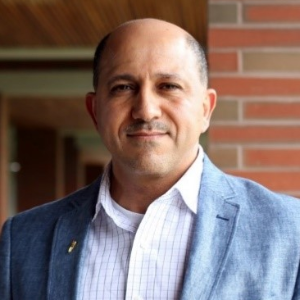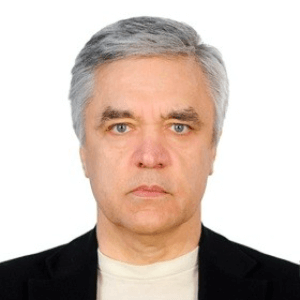Crystal Lattice
A Crystal Lattice Is An Orderly Arrangement Of Atoms Or Molecules In A Three-Dimensional Structure That Repeats In All Directions. It Is The Basis For Most Solid Materials, Such As Metals, Semiconductors, And Ceramics. The Atoms Or Molecules Are Held Together By Electrostatic Forces That Form A Lattice With A Regular Arrangement Of Nodes Occupied By An Atom Or Molecule. Crystal Lattices Are A Key Aspect Of Crystalline Solids, Which Are Ubiquitous In Materials Science. They Provide A Way To Group Atoms Into Well-Defined, Organized Domains That Are Temperature-Independent, Enabling A Number Of Physical Properties To Be Determined. For Instance, The Charge Transport Behavior Of Metals Is Affected By The Size And Shape Of Their Crystal Lattices. Crystals Also Have Interesting Optical Properties, Such As Their Ability To Reflect Light. This Is Due To The Orderly Arrangement Of Atoms In The Lattice, Which Causes Photons To Be Reflected Off The Surface In A Predictable Manner. This Is Particularly Useful For Lasers, Which Use The Regularity Of The Lattice Structure To Amplify Or Split Laser Beams. Crystals Can Also Be Used To Store Information. Their Periodic Structure Can Be Used To Store Digital Data, Such As In DNA Sequencing, Wherein Each Type Of Atom Is Associated With A 0 Or 1. This Enables Large Amounts Of Data To Be Stored In A Relatively Small Space. Finally, Crystal Lattices Are Important In Understanding The Behavior Of Materials Under Different Conditions. For Instance, When Exposed To A Strong Magnetic Field, The Atoms In A Crystal May Rearrange Themselves, Forming New Structures And Allowing For Useful Applications In Electronics. In Summary, Crystal Lattices Are A Key Component Of Materials Science, Enabling Properties Such As Charge Transport In Metals And Optical Effects In Lasers, As Well As Underlying The Digital Storage Of Information And Behavior Of Materials In Strong Magnetic Fields.

Hossam A Gabbar
Ontario Tech University, Canada
Victor John Law
University College Dublin, Ireland
Alexander Bagaturyants
National Research Nuclear University MEPhI, Russian Federation
Sergey Suchkov
N.D. Zelinskii Institute for Organic Chemistry of the Russian Academy of Sciences, Russian Federation
Shree Niwas Chaturvedi
Centre for Aptitude Analysis and Talent Search, India
Pieter Samyn
SIRRIS, Belgium




Title : Advances in plasma-based radioactive waste treatment
Hossam A Gabbar, Ontario Tech University, Canada
Title : Unraveling the ultrastructure and functions of the neuronal membrane skeleton using super-resolution fluorescence microscopy
Zhou Ruobo, Djillali Liabes University of Sidi Bel Abbes, Algeria
Title : Solar box cooker dehydration, and relative humidity endpoint detection, of lamiaceae culinary leaves on the island of Crete
Victor John Law, University College Dublin, Ireland
Title : Nutrient and heavy metal loads from the Ribeiras to Coastal zones: A land-ocean continuum perspective in Madeira Island
Aracelis Del Carmen Narayan Rajnauth, University of Porto, Portugal
Title : Prospective polyoxometalate-based covalent organic framework heterogeneous catalysts
Arash Ebrahimi, Comenius University Bratislava, Slovenia
Title : Eliminating implant failure in humans with nano chemistry: 30,000 cases and counting
Thomas J Webster, Brown University, United States